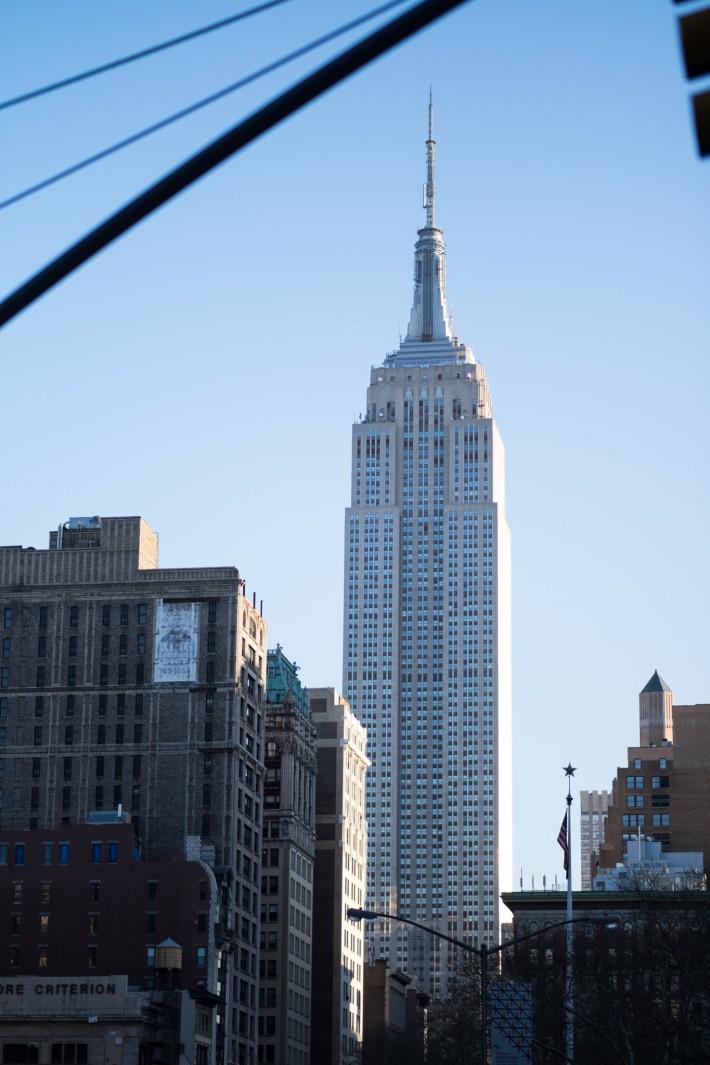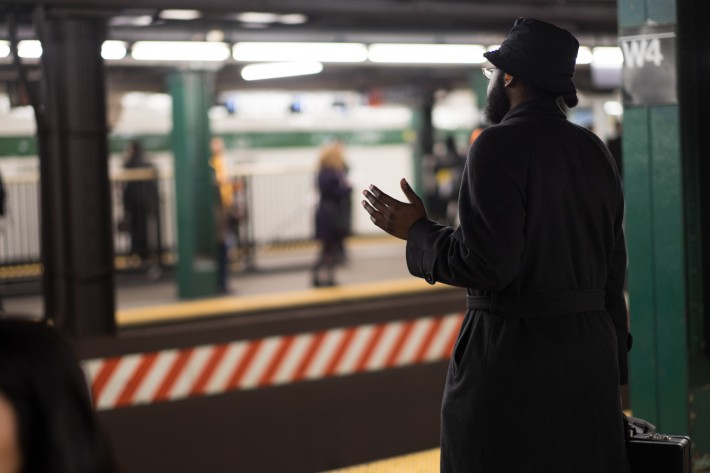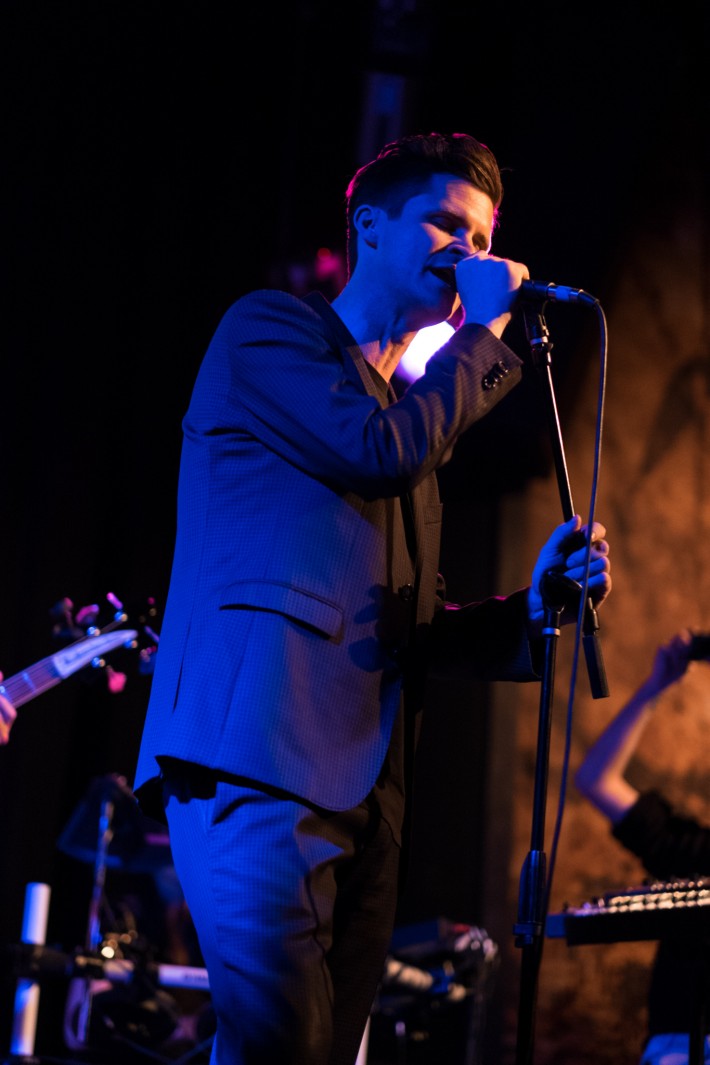When I got a chance to try the new Fuji XF56mm f1.2 I jumped at it, not just because it was substantially cheaper and lighter than the Canon 85mm f1.2 II I’d played with last year, but because this lens is a clear shot across the bow at Canon and Nikon, with a lens aimed at professional portrait shooters. This was a new line in the sand, but could this thing play with the big boys?
This lens has been out a few months now but it’s still hard to find because it’s in such demand. Early pre-production previews raved about it.
When I got my hands on one of the few that became available to market, I shot with it almost daily for a little over 4 weeks to really test the AF and image quality. I wanted to see what 1.2 on an 85mm full frame equivalent gave Fuji shooters. My benchmark was the Canon 85mm 1.2L II which I had access to for 2.5 months last year. It’s a great piece of glass but comes at a price, both literally (it’s more than double the almost-$1000 Fuji 56mm) and in figurative, weight terms (the Canon comes in at a little over 2lbs, about 4 times what the Fuji weighs). That Canon is a beautiful lens but it starts to get really heavy after a while.
This is where the smaller mirrorless cameras really come into their own. I took the XT-1 paired with the 56mm for a couple of events, switching back and forth between that set up and my 5D. Even when I paired the 5D with a lightweight 50mm f1.4, the portability and weight differences between the set ups was like night and day.
I wanted to really put the AF performance to the test. As you can see in the samples here, I shot it in low light all the way through to bright daylight. I also shot a lot of stuff wide open so you can get an idea of what that 1.2 really can give you.
The AF is the only thing I can say I had an issue with. While Fuji is great about putting out lens and body firmware updates to improve AF, I’ll mention it here briefly anyway. For the most part, this thing focuses really well, more often than not, it focuses quickly and on the subject you expect it to. The problem is when, on occasion, it just seemingly had trouble locking focus on something that shouldn’t have been a problem.
It happened as the exception, not the rule, but it happened even in good light, or with high degrees of contrast between focal subject edge and background. Not only that, but often I would get a green "focus locked" square on my subject when it was quite clearly completely out of focus. I just couldn’t figure out why it would sometimes behave like that. When this thing is racking focus back and forth and you’re playing with focus point size or focus area just to get it to lock, and it eventually determines it has indeed locked focus when it quite obviously hasn't, it’s frustrating.
As I said, Fuji’s philosophy of firmware updates to continuous improve the user experience is undoubtedly going to help, and there has already been an update for the lens to provide improved AF when paired with the XE2 body, but it’s worth mentioning, particularly for newer XT-1 shooters who might not have the benefit of updated firmware yet. Is it a show stopper? Absolutely not. Most of the time, the AF did it’s job, but when it decides it doesn’t want to focus, it's both weird because you can't work out why it is having problems, and annoying, because you might be missing a shot.
So, with that aside, what are we left with? Quite possibly, bang for buck, one of the best, fast prime portrait lenses on the market right now. Here's some random sample shots of what the images look like out of this thing.
 Not just a portrait lens, the 85 gives a nice compression for tighter shots
Not just a portrait lens, the 85 gives a nice compression for tighter shots
 Shot at 1.2, focus point on the magazine
Shot at 1.2, focus point on the magazine 200% crop of the previous shot
200% crop of the previous shot Not just a portrait lens, the 85 gives a nice compression for tighter shots
Not just a portrait lens, the 85 gives a nice compression for tighter shots Not just a portrait lens, the 85 gives a nice compression for tighter shots
Not just a portrait lens, the 85 gives a nice compression for tighter shots Portraits of any kind are where this thing really sings however
Portraits of any kind are where this thing really sings however
 Portraits of any kind are where this thing really sings
Portraits of any kind are where this thing really sings

 Noam Galai helps demonstrate the bokeh at night
Noam Galai helps demonstrate the bokeh at night
 More night time quick street portraiture with Tam
More night time quick street portraiture with Tam

 1.2 in low light is great, even with the additional strain put on the AF
1.2 in low light is great, even with the additional strain put on the AF

 Sharp subject to fore/background environment when wide open will get the juices flowing for bokeh lovers.
Sharp subject to fore/background environment when wide open will get the juices flowing for bokeh lovers.
 Quick DoF demo from behind the scenes of Lindsay Adler's beauty shoot. Shot at f8
Quick DoF demo from behind the scenes of Lindsay Adler's beauty shoot. Shot at f8 Shot at f1.2 - note the nice focus fall off here
Shot at f1.2 - note the nice focus fall off here
 Performs flawlessly in the studio on a simple 3 light set up, shooting closed down at f11.
Performs flawlessly in the studio on a simple 3 light set up, shooting closed down at f11.
1. Sharpness
The images coming out of this thing, even wide open, are super sharp. Edge definition on your subject and clarity is great. The relatively close minimum focal distance and wide aperture means you can get some really insanely shallow depth of field, like almost too much bokeh at times. It’s hard to not be impressed with the definition and edge to edge clarity, even wide open.
2. Build quality
This thing is built like a tank. It sits nicely and relatively unobtrusively on the XT-1 (felt a little front heavy on the XE2, but wouldn’t stop me shooting with it on that body). It’s just a big piece of weighty glass for a very small mirrorless camera. It has a mostly all metal construction and feels like it’s built to last. The manual focus ring has an excellent feel and throw to it too.
3. Image quality
Chromatic aberration and purple fringing was non existent for the most part, and sharp edge to edge, even when wider open. The quality of image just left me pretty incredulous at times. If i didn't have access to my Canon gear, I would not hesitate to shoot an event with this set up and a couple of other lenses. From one event for a client, I provided her with both images out of this lens and those shot with my Canon. The couple she posted to social media? Both shot with the 56mm Fuji.
Obviously the XT-1 body I was shooting with had something to do with overall image quality, but when you pair a $1000 piece of glass with a non full frame camera and see images on a par with a lens costing twice that amount with a camera body that’s more than double the XT-1, you start to realize why it is Fuji is creating such waves at the moment. In terms of value or bang for buck, the image quality coming out of this lens is second to none.
4. Bokeh
I care about bokeh less than I used to because I don’t always shoot wide open or close to it. For this review, many of the sample images were shot wide open as I know for many people it’s important. If you are a bokeh fan, this lens does not disappoint - creamy and sublime, you’ll love the separation between subject, foreground and background at wider apertures. I did a quick comparison when shooting at f1.2 and then closed down to f8 during at one of Lindsay Adler's shoots for an upcoming Creative Live workshop. You can see the focus fall off between f8 and f1.2 of the 3 subjects and how dramatic that fall off is when wide open.
5. Portability
If you’re shooting with an interchangeable X series body and haven’t yet put the 23mm 1.4 on it, you’ll get a surprise at the heft and weight of the lens compared to others in the line up. Even compared to the 23mm, which is pretty hefty, the 56mm is bigger and heavier. At 14 ounces however, it’s all relative. The lens plus the XT1 together still weighs about half as much as just the Canon 85mm f1.2 lens. Of course, these are different lenses for different systems, but from a portability stand point, you’re getting great images from a portrait lens that, compared to your DSLR equivalent, weighs about a quarter as much. It’s hard not to love the portability and weight savings you make on these set ups, especially if you’re shooting a lot of event work and traveling a lot.
Summary
Ok, the occasional focus hunting foibles aside, if you’re an interchangeable X Series owner and you shoot people, especially in lower light scenarios and love shooting wide open, this is definitely a lens you’ll want to get your hands on and try out. This lens is a clear line in the sand, and while it will be interesting to see how Nikon and Canon respond to the Fuji upstart, I’m far more interested at the moment in seeing what Fuji will be bringing to market next.
The Fuji 56mm f1.2 is available from B&H for $999. It’s in high demand so expect stock levels to fluctuate.







Just a reminder: a crop factor doesn't change the perspective of a lens. So a 56 is still a 56mm PERSPECTIVE but you simply keep the center of the image so that the field of view is closer to a 85mm.
"Not just a portrait lens, the 85 gives a nice compression for tighter shots" this statement is false. A 56mm (on crop) doesn't "compress" perspective like an 85mm on full frame...
I think you're misunderstanding compression. Compression is completely tied to perspective/field of view of the image and independent of the lens/sensor used to capture it. An 85mm on FF, a 56mm on apsc and a 42mm on micro 4/3 would all have the same perspective and therefore the same compression, even though the depth of field would obviously be different
An 85mm and a 56mm don't have the same perspective regardless of sensor size. That you are correct.
But not the rest. The "equivalent" 56 - 85mm is only due to a crop on the sensor, meaning a 56mm will not behave/compress/"see" like a 56mm. Never.
Do the tests...
Actually crop factor (sensor size) directly affects the focal length and field/angle of view of the lens you stick on the body. This 56mm on the Fuji has both the compression and field of view of an 85mm lens on a full frame body.
@disqus_JspqcOMi7A:disqus Compression is not determined by lens or sensor size but by positioning, using a 56mm lens on an apcs sensor (1.5x crop) and an 85mm lens on a FF from the same position will give you the same image/compression as long as you match apertures to match (ie 1.2 on apcs = 1.8 on FF)
Ofc different lens have different rendering characteristics and even several lens of the same focal length will create its own version of the image rendered on a sensor but compression will only change if you change position in relation to the subject (ie used the same lens on both apcs and FF but moved closer with the FF to make the subject the same size).
I'm HIGHLY sceptical of your explanation. The lens doesn't care about sensor, positioning or other things. It "bends" (refract and difract) light a certain way, almost always the same way (except for vast changes in aperture settings...
I'll dig a better way of explaining this from my physicist friend and come back to you...
Fairly straightforward explication http://www.australianlight.com.au/blog/post/myth_busting_focal_length_an... . The compression has to do with the distance between two objects and your distance to them. So the distortion does happen by moving closer to your subject with a wide angle lens and the compression by going further away with a tele. However, what fits into the frame can be compared adequately with equivalent focal lengths.
That's interesting! How would you explain those results then?
http://www.sebstudios.net/for-photographers/portrait-lens-50mm-85mm/
We can clearly see less background at 85 than 50mm...
To have the subject be the same size in the frame, the camera has been moved. This might be a better comparison, http://www.nikonusa.com/en_INC/IMG/Images/Learn-Explore/Photography-Tech... . You can see that tree in the foreground doesn't change relative size with respect to the barn between the 35, 50 and 85mm shots. Changing the focal length has the same effect as cropping - IE shooting a 56mm lens and cropping it to APS-C (like the Fuji) will give you the same result as shooting an 85mm lens.
You can try this by putting a zoom lens on your camera on a tripod. Take a shot, zoom in and take another shot. Crop the first image until it matches the second one. The perspective should be the same.
I had seen those comparison thanks! ;)
Look here for a good article on perspective:
http://admiringlight.com/blog/perspective-correcting-myth/
I'm sure you didn't take the same shots with both, but seeing as you
have both, how did sharpness, bokeh etc compare between the Canon and
Fuji lenses/cameras.
Also how much of a problem was the Fuji focusing? I mean you mention it and then seem to try to brush it off a bit in the next sentence(?!) Does it have problems with other lenses or is it just this one?
Here is a comparison:
http://andrewvanbeek.com/fuji-vs-canon-lenses/
thanks for sharing that link
"I’m not exactly sure why but the differences in depth of field seem much more pronounced on the following 2 images."
He shot at two different angles relative to the wall. He was closer to the wall on the Canon shot.
I just had access to a 1DX and 85 1.2, don't own that set up. Although it was a year ago, i remember feeling like the DoF on that was even thinner. I would say the sharpness out of camera of both images on the subject was about the same, as was CA and fringing control. The 56mm is really amazing for what it is.
No i didn't get other AF issues - it was this lens. I wouldn't say i brushed it off - it frustrated me and i think i made that clear. The point I'm making is that between the quality of shot you get from the lens, the value it packs for the price and Fuji's commitment to firmware updates to improve AF in both lens and camera, it's not a showstopper for me.
I had the Canon 85 f1.2 mk2 and tried out the fuji 56 a couple of days ago - it doesn't have the creamy bokeh of the 85 but does focus a lot faster than the 85
We just started playing with the Fujifilm X-T1 system over at La Vida Leica to use with M lenses, and it's a fab camera. In fact, we compared it against the Leica T. Between the excellent Fujifilm XF and Leica M lenses, this is a shooter's camera par excellence.